In the field of meteorological and hydrological monitoring, the accurate measurement of precipitation is of vital importance to weather forecasting, water resource management and disaster early warning. As a high-precision and all-weather monitoring device, the heated weighing type rain and snow meter has broken through the limitations of traditional precipitation measurement instruments. It can simultaneously monitor liquid, solid and solid-liquid mixed precipitation, providing a brand-new technical means for meteorological observation and hydrological research.
The weighing design of the WX-YX2 rain and snow gauge with heating function enables it to cope with various complex weather conditions. When snowfall occurs, the built-in heating system can gently melt solid precipitation, ensuring that the measurement process is not affected by changes in precipitation patterns. This feature makes the device particularly suitable for use in cold regions or during the transition of seasons, filling the gap of traditional equipment in solid precipitation monitoring.
Precise measurement is the core advantage of the heated weighing type rain and snow meter. By adopting high-precision load cells, the equipment can directly measure the weight of precipitation, avoiding the measurement errors caused by changes in precipitation intensity in traditional tipping bucket rain gauges. Whether it is a continuous drizzle, a torrential downpour, or complex precipitation forms such as sleet, the equipment can provide accurate and reliable measurement data. This measurement method is not affected by precipitation intensity, providing higher-quality raw data for scientific research and business applications.
The degree of intelligence of the equipment is also commendable. The built-in data processing system can automatically distinguish precipitation types, record the start and end times of precipitation, calculate precipitation intensity, and transmit the processed data to the data center in real time. Users do not need to visit the site. They can keep track of the precipitation situation at any time through the remote monitoring platform. This automated feature significantly reduces the workload of observers, especially in adverse weather conditions, avoiding the safety risks associated with manual observation.
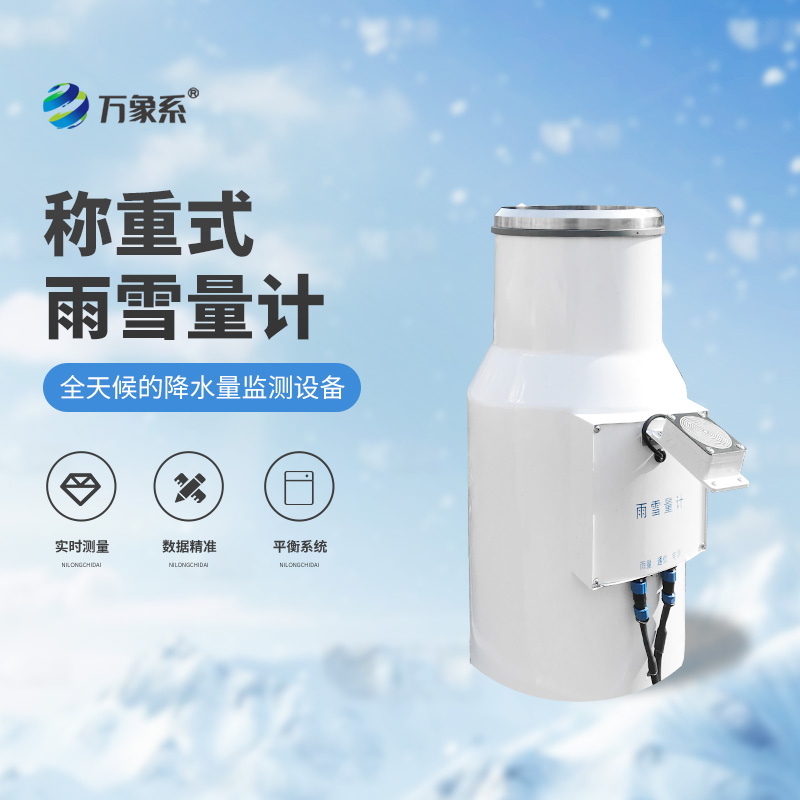
Article address:
http://www.qxhjjc.com/en/newcen/1759.html

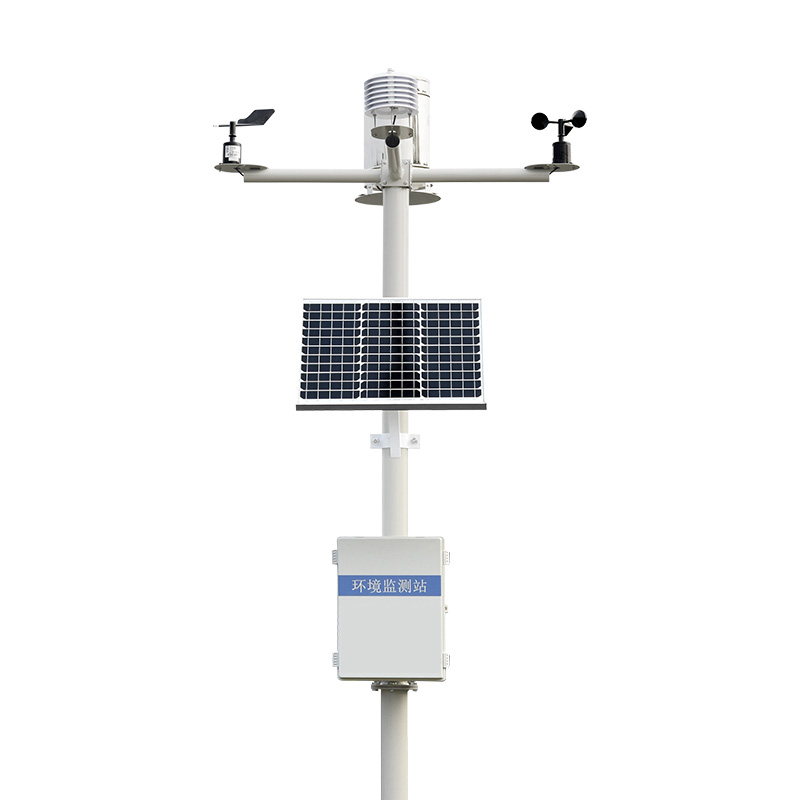
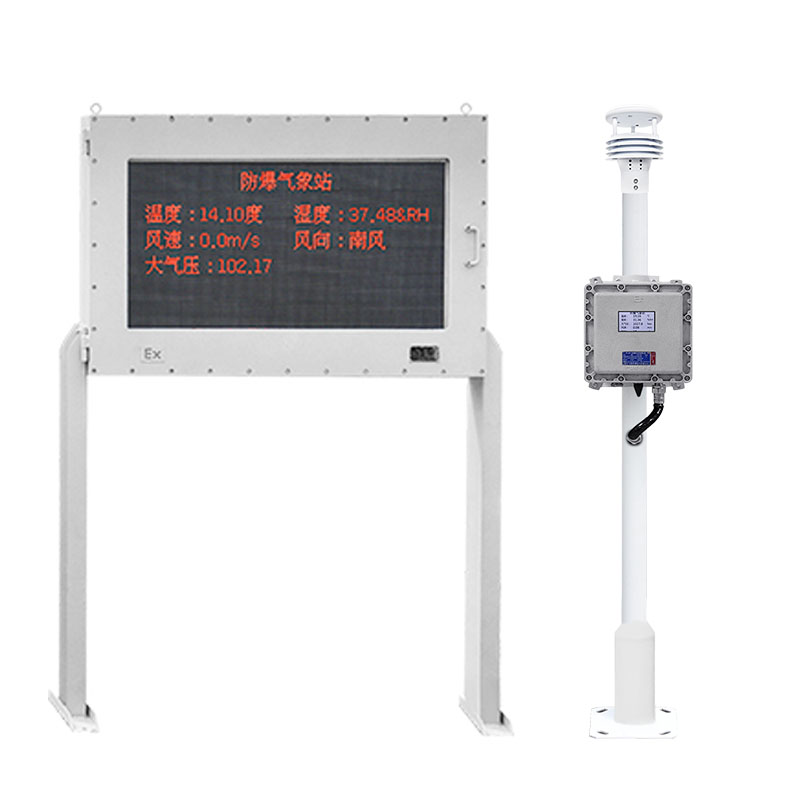
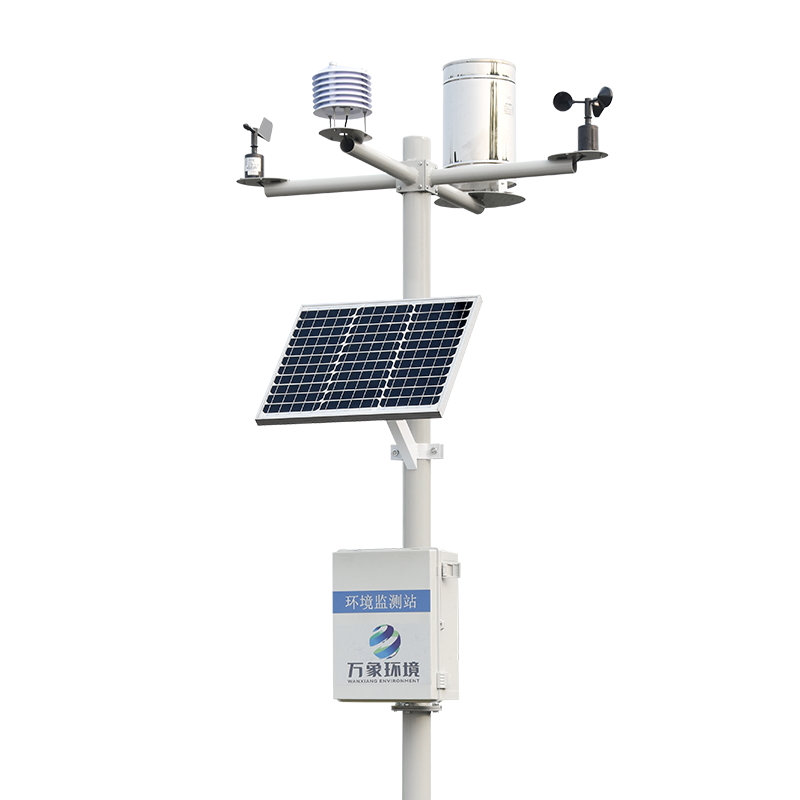
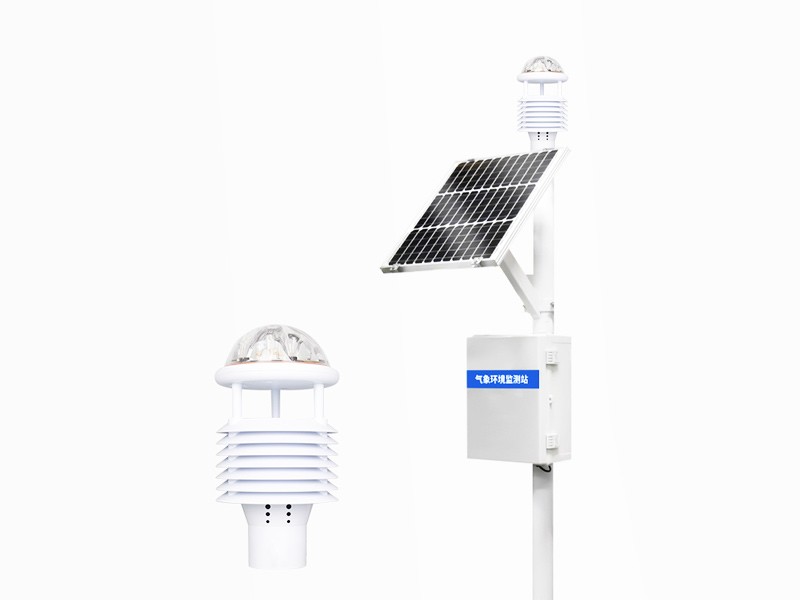









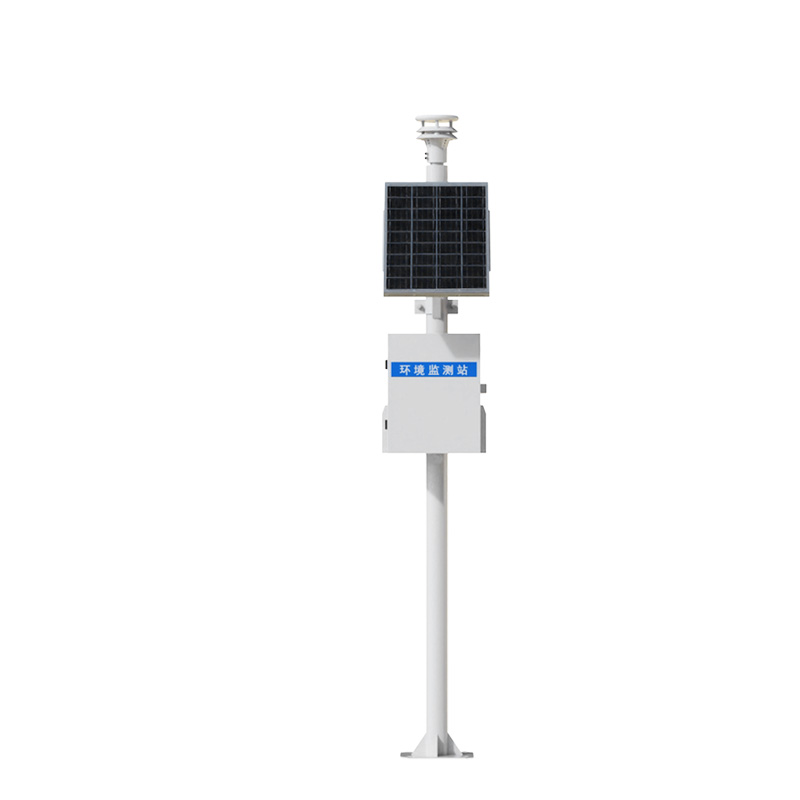
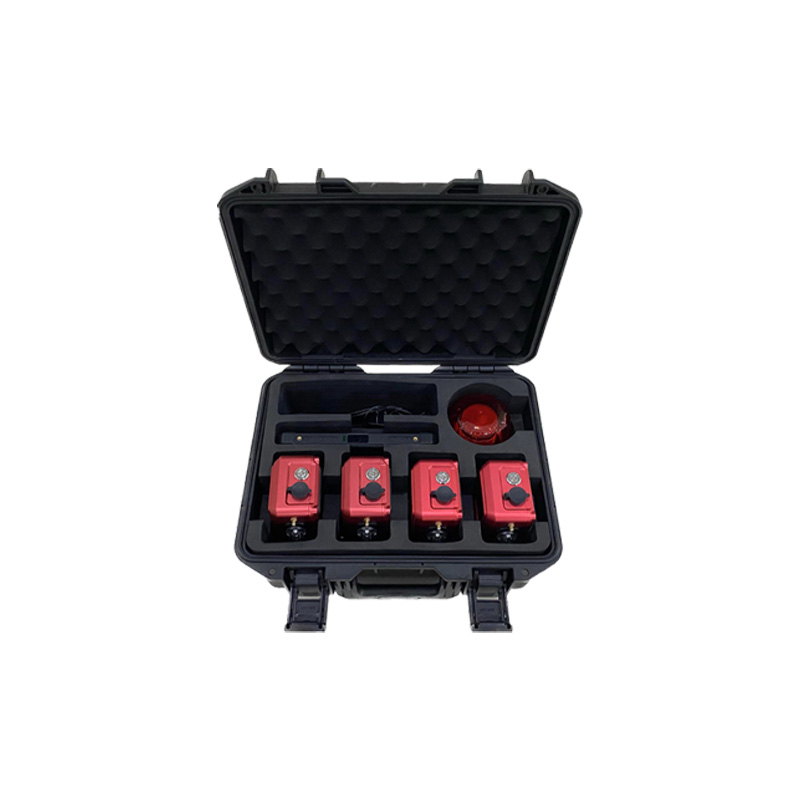


 Home
Home phone
phone Product Overview
Product Overview Contact Us
Contact Us